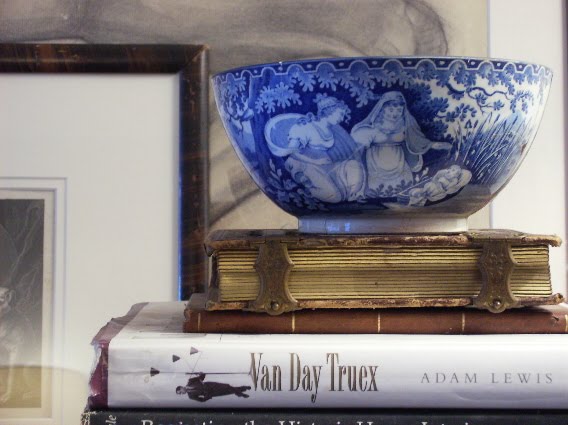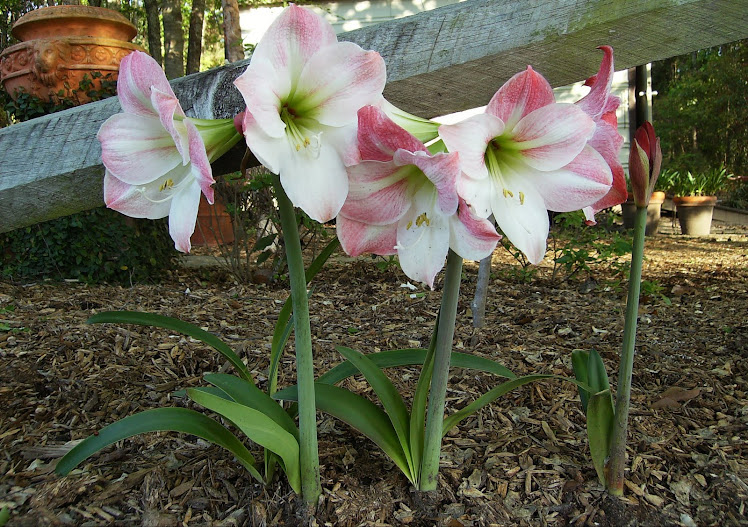Until a couple of years ago I'd never attempted growing lotus. I'd always assumed that anything so incredibly beautiful and exotic had to be likewise incredibly difficult to propagate. I was so wrong! The truth is, once you have an established plant it's quite invasive. It is an easy plant to grow and the results can be stunning.
 In this day of "Internet anything" there are plenty of growers who will send you lotus root or perhaps you know a local nursery where you can pop in and buy the plants but growing lotus from a single seed is a lovely experience and a great way to teach kids the miracle of plant reproduction. Since the plant begins its journey in water it's easy to see very clearly the development of the roots, stem and first tender leaves.
In this day of "Internet anything" there are plenty of growers who will send you lotus root or perhaps you know a local nursery where you can pop in and buy the plants but growing lotus from a single seed is a lovely experience and a great way to teach kids the miracle of plant reproduction. Since the plant begins its journey in water it's easy to see very clearly the development of the roots, stem and first tender leaves.Lotus seeds are inexpensive and available through many specialty seed companies on the web.
Each seed has an extremely hard covering that must be penetrated in order to expose the endosperm inside. This isn't as easy as it sounds! Use medium grit sandpaper or a sturdy file being careful to sand only until the white endosperm is visible. This can take a few minutes.
After sanding, place the seed in a clear plastic cup with about two ounces of water. Sit this in a secure place out of direct sunlight. Empty and refill every day. The seed will begin to swell and after five or six days will produce roots and a very delicate leaf stem. You may now place the cup in bright light. Be very careful at this point when changing the water so as not to damage the young plant. Once a leaf has unfurled you may then transplant your lotus into a bucket of mud. I suggest garden dirt as potting mix is too light. Place your plant in about five inches of dirt and begin slowly filling your container with water until the leaf floats at the top; usually four to six inches. As the plant continues to grow, the leaves will grow much larger and their stems will push them up and out of the container.
 At the end of the first season your lotus will die completely back into the mud from whence it came. Protect it from freezing and in the spring move the well developed roots to a much larger container because now your lotus will grow very quickly. Sprinkle a handful of fertilizer such as 10-10-10 over the container and keep at least six inches of water above the soil at all times. You can use an organic fertilizer but these plants are heavy feeders.
At the end of the first season your lotus will die completely back into the mud from whence it came. Protect it from freezing and in the spring move the well developed roots to a much larger container because now your lotus will grow very quickly. Sprinkle a handful of fertilizer such as 10-10-10 over the container and keep at least six inches of water above the soil at all times. You can use an organic fertilizer but these plants are heavy feeders. The flower stem may reach anywhere from five to seven feet before producing a single bud. They are amazingly sturdy and don't require staking. After the flower fades leave the resulting pod to continue to swell and produce seeds. Once the seed pods begin to harden you can harvest them and continue drying for use next year. With as many as a dozen or more seeds now you're ready to go into production. The roots can also be divided for faster results. Good luck!











Ken I love the lotus bloom and will grow these this summer!! Your images are perfect!
ReplyDeleteWelcome to blogging!
xoxo
Karena
Art by Karena
Come and enter my fine art giveaway!
can't believe clients want you to remove the old glass! that cracks me up!!!!
ReplyDeletethanks for the comment today
joni
cote de texas
Thank you Joni! I've been so inspired by your blog; as a matter of fact, that's why I started this one. I became new director of the Botanical Garden here in Savannah about the same time though so I've had to put it on the back burner. Thanks for visiting.
ReplyDeleteKen
Love how lotus use oxygen, fascinating. But I'm a botany, horticulture & landscape design nerd.
ReplyDeletePosted a link to Susanne Hudson today, she sourced the bee skep you asked about. She can get them in multiple sizes. Yes, they look great in person from the first day.
You know how some of them look 'stupid' when new...
Garden & Be Well, XO Tara
Thanks For Sharing the wonderful article that's really helpful for my references.
ReplyDeleteCanon PIXMA iP2770 Printer Driver Download | Resetter Canon iP2770 Free Download
| HP Deskjet Ink Advantage 1515 Free Driver Download | Epson L120 Driver
Download | Epson L100 Driver Download | Epson K200 Driver Download | Epson K300 Driver Download | Epson K100 Driver
Download | Resetter Epson l210 l300 l110 l350 l355 Free
Download | Brother DCP-J100 Driver Download | HP Deskjet Ink Advantage 4645 Driver
Download | HP Deskjet Ink Advantage K209G Driver Download | HP
Deskjet 1050A Driver Download | Epson L555 Driver Download
Thank you! This has been fascinating post. I never knew much about growing them either, but now I do! The exotic doesn't seem so far away after this read!
ReplyDelete